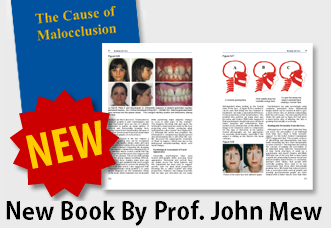Your physician or speech language pathologist will select which exercises are useful to improving your swallowing function. If an exercise is not selected, do not attempt it without consulting your medical team. They will develop a program customized and unique to the needs of each patient. This includes the number of repetitions, the number of seconds each exercise should be performed, and the rest period between exercises.
1. Effortful Swallow: Collect all the saliva in your mouth onto the centre of your tongue. Keep your lips closed and tight together. Pretend you are swallowing a grape whole in one big, hard swallow. The number of repetitions is patient specific.
2. Isokinetic (dynamic) Shaker: The number of repetitions defined by your clinician is considered a set. You should perform the set twice (resting briefly between each set). You should then rest for two minutes and then repeat this exercise as many times as directed by your clinician. Ignore the number of repetitions and sets as directed in the video. The number of repetitions and sets are patient specific.
Click here for Video
3. Isometric (static) Shaker: The length of each repetition and the number of repetitions is set by your clinician. Rest for one minute between repetitions.
Click here for Video
4. Jaw Thrust: Move your lower jaw as far forward as you can. Your lower teeth should be in front of your upper teeth. Note, patients with jaw replacement should use extra caution before performing this exercise so as not to stress the jaw bone. The length of time for each repetition and number of repetitions is patient specific.
Click here for Video
5. Lollipop Swallowing: Place a sugarless lollipop in your mouth and lick. Lick three times and then do an effortful swallow with your lips firmly pressed together. Swallow as hard as you can. The number of repetitions is patient specific.
Click here for Video
6. Masako Manoeuvre: Stick your tongue out of your mouth between your front teeth and gently bite down to hold it in place. Swallow while keeping your tongue gently between your teeth. You can let go of your tongue between swallows and repeat. The number of repetitions is patient specific.
Click here for Video
7. Mendelsohn Manoeuvre: Place your middle three fingers (index, middle, ring) on your Adam’s Apple (the skin in front of your neck beneath your chin). Swallow once to practice. Feel your Adams Apple slide upward as you swallow. Now, swallow again and when your Adam’s Apple gets to its highest position in the throat, squeeze your throat muscles and hold it as high as you can for as long as your clinician has directed for this exercise (or as long as you can if you can’t hold it for this length of time). The length of time for each repetition and number of repetitions is patient specific.
Click here for Video
8. Supraglottic Manoeuvre: Perform this exercise if and only if directed by your clinician. Your clinician should also provide direction as to the position of your head (tucked, right, left, straight). Collect a small bit of saliva in mouth. Take a deep breath and hold your breath (if the vocal folds are not closed then try to inhale and say ah, turn off your voice and hold your breath). Keep holding your breath while you swallow. Immediately after you swallow, cough. Practice with saliva prior to food or liquid. The number of repetitions is patient specific.
Click here for Video
9. Tongue Exercise (Part A): Stick your tongue out as far as possible. Hold it steady in that position for the length of time directed by your clinician. Try to stick your tongue out slightly farther after each attempt.
10. Tongue Range of Motion (Part B): Hold your chin firmly in your right or left hand and slowly stick your tongue as far towards the corner of your mouth as you can. Move is as far to the right side as possible without moving your chin. Keeping your tongue protruded, move it slowly to the left side and alternates the right and left side 5 times. This is considered one set. The number of sets is patient specific.
11. Vocal Exercise: Say “eee” in as low a pitch as possible and then gradually raise the pitch of your voice until the highest tone possible. Hold this tone for the length of time directed by your clinician.
Ed Steger, Dr. Peter Belafs
—————————————————————————-
National Foundation of Swallowing Disorder, NFOSD
http://swallowingdisorderfoundation.com/oral-swallowing-exercises/
—————————————————————————-

